How to make heating in a private house with your own hands
It is hardly possible to survive without heating in our country - winters are too harsh. If apartment owners do not have to choose - what they have is what they warm up to, then the heating system of a private house is a private matter of its owner. Choose the option that suits you best.
The content of the article
Types of heating systems
In a private house, you can implement almost any heating system as well as their combinations. To choose the right type of heating, you need to know all their features, advantages and disadvantages.
Stove heating
A century ago, this is how most of the houses, large and not very large, were heated. This is just an oven without any additional elements. One or more depended on the size of the house and the capabilities of the owners. In the huts there was usually a large Russian stove, in the houses of the intelligentsia and nobility there were more sophisticated Dutch or Swedes.
Stove heating can be found even now, but mostly in summer cottages, as a temporary solution to raise the temperature in the room or as an alternative source of heat. You can find stove heating in country houses, but already a rarity.
Stove heating is losing popularity, it is so cyclical: flooded - hot, burned out - cold. It is very uncomfortable. The second serious minus is the inability to regulate the temperature. The intensity of combustion can be changed within some limits with the help of views, but not radically: if the wood burns, then a certain amount of heat is emitted. Its release can be "stretched" a little, limiting the flow of air, but only a little.
The third disadvantage is the uneven distribution of heat. Those rooms are heated, into which the sides of the stove go out, and even then, the floor remains cold. In addition, even in heated rooms near the stove it is warm, at the far end of the room it can even be cold. The fourth drawback is the need for constant maintenance - you will not leave it for a long time. You have to constantly (or almost) be near the stove: to maintain combustion, clean and flood it again. All these reasons have led to the fact that a stove in a private house usually appears as one of the possible sources of heat and is rarely the main one.
Water
The most common heating system in our country is water heating, and if they say that they want to make heating of a private house with their own hands, 98% mean just such a system. And this is despite the fact that it is expensive to install. This is perhaps the most expensive system to install. But it has a decent amount of pluses, which explains its popularity.
It consists of a hot water boiler, a pipeline and heating devices - heating radiators - through which the coolant circulates. Most often it is water, but it can also be a special non-freezing liquid. All the difficulty in creating this very system of pipelines - it is necessary to ensure the transfer of heat in the required amount.
The first positive point is that the system can operate both in cyclical and continuous modes. It depends on the choice of the boiler. If the source of heat for such a system is a conventional solid fuel boiler (wood or coal), then there is a cyclicality.To practically nullify it, a heat accumulator is added to the system - a large reservoir with a coolant, in which heat accumulates during the period of intense heating. And at night, when the boiler burns out, the accumulated heat maintains a comfortable temperature in the house.
If there is any other boiler in the system - gas, liquid fuel, pellet - there is no cycling. After the system has reached operating temperature, it is maintained with a rather small difference (with the correct calculation of capacities and design).
The second positive point: most of the modern heating boilers are equipped with automation, which controls their work and monitors safety. Such systems can work for quite a long time without human intervention (except for solid fuel). The third plus is that rare maintenance is required.
Therefore, in most cases, heating in a private house is done by water. Sometimes the owners do not even think about the possibility of the device of some other system.
Air
The center of the air heating system is also a heat source, and usually it is a boiler, only it heats not water, as in a water system, but air. The heat source can be a powerful convector powered by gas, electricity or liquid fuel.
In order for the heated air to enter other rooms, a duct system is led from the heat source. Air movement along them can be natural (gravitational systems) and forced (with fans).
Compared to water heating, much less money is required here. In small houses - for one or two rooms (usually dachas) - one heat generator without air ducts is generally enough. In this case, warm air enters another room through open doors, warming it too.
The disadvantages here are obvious: while the heat generator is working - it is warm, it stopped - it immediately became cold. No thermal inertia, as in the water system (while the water cools down the house is warm). The second point is drying out air. It dries up with other types of heating, but air heating of a private house is perhaps the leader in this regard.
Electrical
Heating a private house with electricity is one of the easiest devices to use. Just buy convectors and hang them in key places. It is possible under the windows, it is possible - under the ceiling. Both systems work. The disadvantage of these systems is the significant cost of maintaining a stable temperature.
The system consists of a number of convectors that are able to compensate for heat loss. In this case, there are no difficulties at all, except for the wiring of a suitable section and the allocation of the power required for heating. The convector has a heating element through which the air flow moves. Passing along the heated element, the air heats up, carrying heat around the room.
The movement of air in the convector is organized in two ways: with or without a fan, due to natural processes. More efficient forced air heating. But this power is not always needed (and fans create noise), therefore many models have two modes of operation - with and without a fan.
This type of heating is quite comfortable - modern convectors can maintain a given temperature with an accuracy of two degrees. Their work is controlled by automation, which turns them on and off as needed. When powered, they do not require any maintenance.
The disadvantage is that active convection (air movement) carries a large amount of dust. The second disadvantage is overdrying the air, but this is a drawback of all heating systems. If a conventional coil is used as a heating element, it burns out the oxygen in the air (it heats up to a red glow).But such elements are now used only in the cheapest small floor models. More serious equipment heats the air with ceramic heaters that (almost) do not burn oxygen.
There is also such a system as a warm floor, but this is a separate topic and is describedwater heated floors here, and electric - in this article.
Which system to choose
The actual type of heating of a private house depends on the climate and the mode of use of the premises. Most countries with mild winters use electric or air heating. In our country, water heating is used in most of the territories. It makes sense to build such a complex system in houses with permanent residence. Then such material investments are justified.
If you are choosing a heating system for a summer residence, where in winter you will only appear on visits and do not plan to maintain a positive temperature, then the best option is air heating. With or without air ducts - it already depends on the size of the cottage. Why not electric? Because in winter, the supply of electricity in rural areas is extremely unstable. So a Buleryan type stove is better.
Types of hot water heating systems
Since water heating of a private house is installed in most cases, we will consider what types it is. There are quite significant differences.
By the way of circulation of the coolant
There are two types of hot water heating: with natural and forced circulation. Systems with natural circulation use a well-known physical phenomenon: warmer liquids rise upward, colder ones go downward. Since the system is closed, a cycle is formed.
The advantages of such a system are that it is non-volatile, that is, it does not require electricity to operate. This is important in many rural areas, where power outages are the norm rather than the exception in winter.
More cons:
- Pipes must be used with a larger diameter - the speed of movement of the coolant is low, therefore, to transfer a sufficient amount of heat, a larger volume of the coolant is required. they must be laid with a constant rather big slope (about 3%), which does not add aesthetics to the room.
- In case of natural circulation, the pipes are located either at a height of about a meter, which does not paint the room. The second option is an overclocking loop, which is also not very attractive. The situation is better with two-story houses. In them, the second floor is a kind of accelerating loop.
- The boiler is also required non-volatile, and this is a solid fuel on wood or coal. All others require a power supply.
- The middle of the radiators must be higher than the middle of the boiler (to ensure circulation). If the house does not have a basement, you have to either lift up the radiators or make a depression for the boiler. Also not the most fun task.
- The inability to regulate the speed of movement of the coolant and the thermal regime in the room.
A circulation pump is built into systems with forced circulation. It does not create excessive pressure, it simply drives water through the pipes at a given speed. Such a pump can be built into the boiler (gas heating units) or installed separately on the return pipe before entering the boiler.
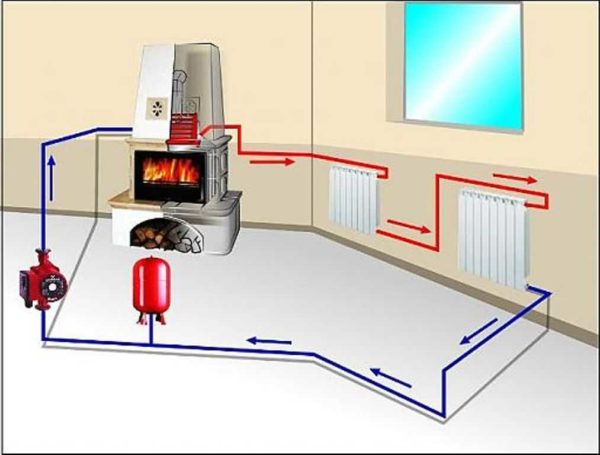
The circulation pump is the main difference between the heating system of a private house with forced circulation
The advantages of this solution:
- Pipes are laid down - on the floor or under the floor.
- The speed of movement of the heating medium can be regulated (multi-speed pump), thereby regulating the temperature in the room.
- The diameter of the pipes is small. For a medium-sized private home, this is usually 20 mm or so.
- Any boiler can be installed, with any automation. Automation provides a higher level of comfort and the ability to precisely maintain the desired temperature.
The disadvantage is the need for electricity.And the point is not that a lot of it is required, on the contrary, the system consumes 100-250 W / h like an ordinary light bulb. The fact is that without electricity, it is inoperative. For rare cases of shutdown, a power stabilizer with a battery is suitable, and if the power is still cut off frequently, a backup source is needed - a generator.
By wiring type
There are two types of systems:
- one-pipe;
- two-pipe.
One-pipe systems
In one-pipe, a pipe leaves the boiler, sequentially bypasses all heating radiators, and from the outlet of the latter it enters the boiler inlet. The main advantage is the minimum number of pipes. The disadvantages of such a heating device for a private house are more:
- The radiators closest to the boiler outlet are always hot, the farther ones are almost cold. And it is impossible to solve the problem by adjusting. It is possible only for the distant ones to increase heat transfer by increasing the number of sections, while for the near ones, accordingly, it can be reduced.
- A clean one-pipe system (without bypasses) does not allow removing radiators without stopping and draining the system.
Better in this regard is the improved system - Leningradka. In it, each radiator has a bypass - a piece of pipe connected in parallel to the heating device. In this version, ball valves can be installed at the inlet and outlet of the radiators, with which you can turn off the radiators. In this case, the coolant will move along the bypass.
Two-pipe wiring
This system has two pipes to which heating radiators are connected in parallel. A hot coolant is supplied through one pipe, the cooled one is discharged through the other.
Cons - a large flow rate of pipes, but water is supplied at the same temperature to the input of each radiator, it is possible to install a regulator on each of their heating devices, so that the system can be balanced (set the required heat transfer for each radiator).
There are several types of two-pipe heating systems:
- Dead end. Its device requires the smallest number of pipes, but its disadvantage is that with a large length of the circuit, the last radiators are located far from the boiler, which complicates balancing (they can heat up worse). Therefore, heating a private house according to this scheme is done if the circuit is small in length - up to 6-7 radiators.
- With passing traffic or Tichelman. A large number of pipes are required which are not very pleasing to the eye, but the circuit is easily balanced. For long paths, it is best to use this routing type.
- Radiation or collector. Most pipes are required, and even a separate collector, which makes it very expensive. Each device has a separate supply and return line. The good thing about the system is that you can independently set the heat transfer of each radiator, not paying attention to those that are nearby.
Read how to choose polypropylene pipes here.
By the method of supplying the coolant
There are systems with upper and lower coolant supply. All schemes above are with the bottom distribution. Top feed systems are rare. They are mainly implemented in two (or more) storey buildings for a more economical construction of the system.
By system type: open and closed
Since the temperature of the coolant in the system changes, its volume also changes. So that there is something to do with the surplus, expansion tanks are installed in the system. These tanks are open (regular tank) and closed (membrane). Accordingly, the systems are called open and closed.
An open expansion tank is usually placed in the attic of a private house. It is, of course, cheap, but in such a system there is a gradual evaporation of the coolant.Therefore, the amount of liquid must be monitored or an automatic device must be made that will respond to a decrease in level. Usually this is a float mechanism (like in a toilet bowl) that opens / closes the water supply. The system is simple and fairly reliable, but only water can circulate in it. It is impossible to fill in non-freezers, since a change in their concentration is not allowed (and this happens during evaporation). In addition, most of the antifreezes are toxic and their vapors are also not curative.
Where such tanks can be used is in systems with natural circulation - a membrane tank will simply not work at such a low pressure.
The closed-type expansion tank is divided into two halves by an elastic membrane. With a lack of coolant, it displaces it from the tank, with an excess (pressure increases), the coolant stretches the membrane, occupying a larger volume.
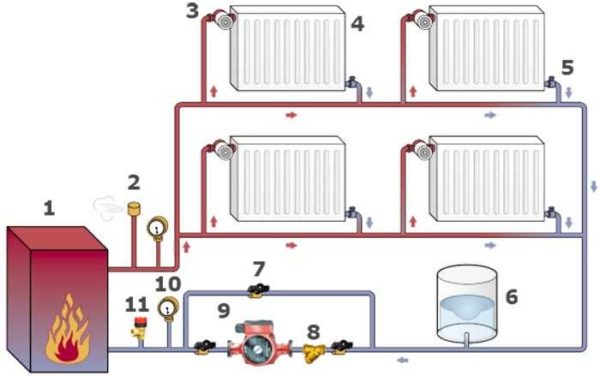
Closed system with membrane tank
These systems work well with forced circulation to maintain a stable pressure.


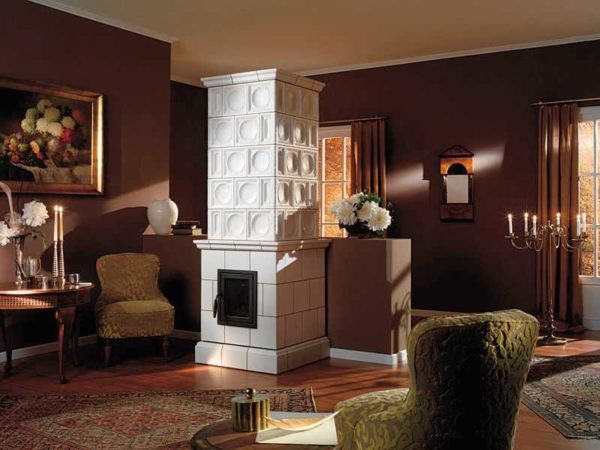
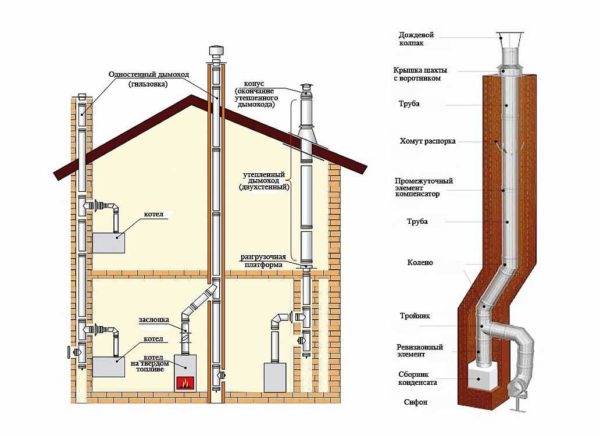
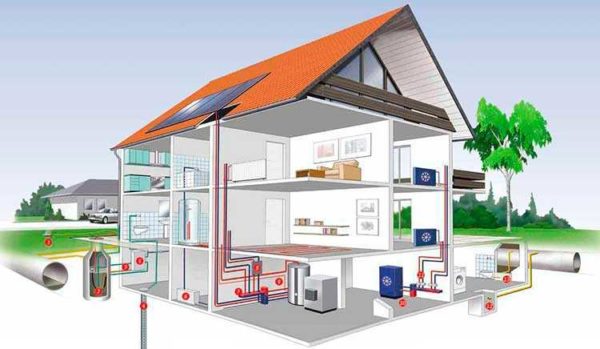
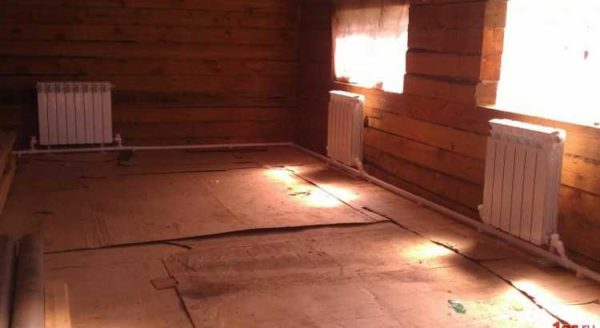
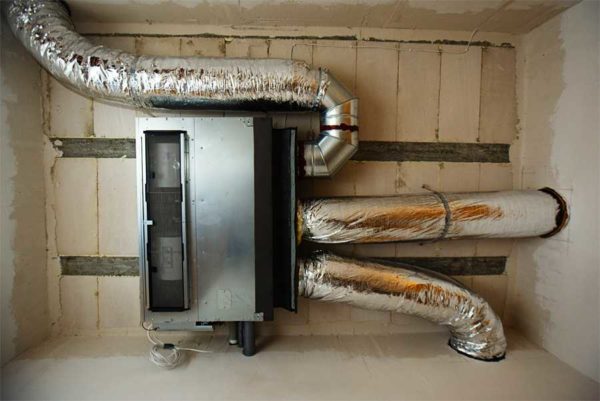
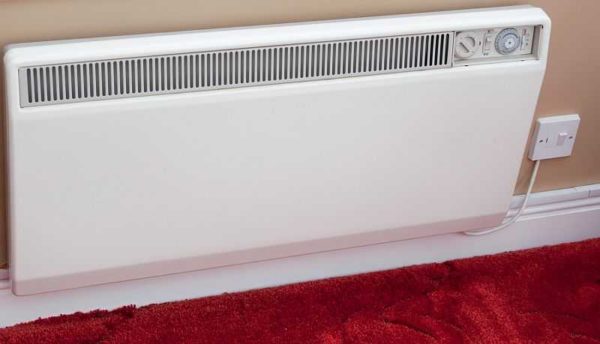
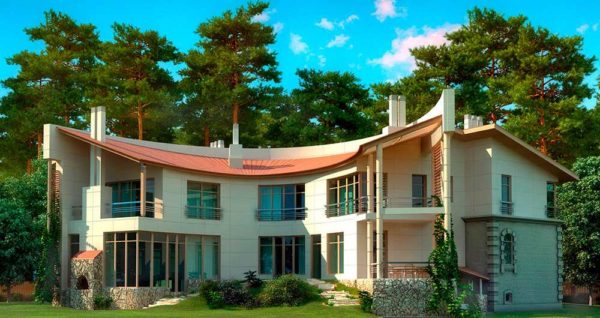
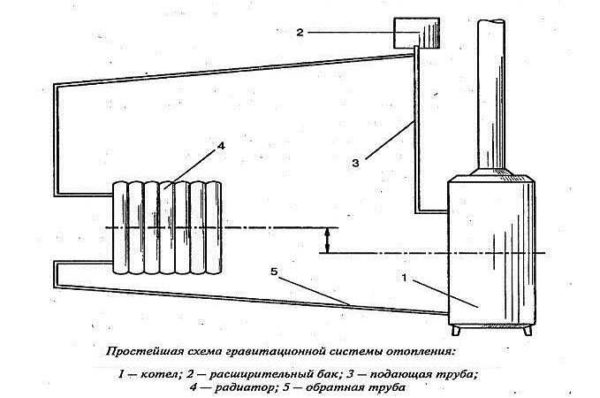
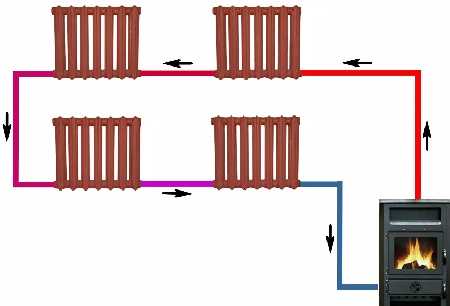
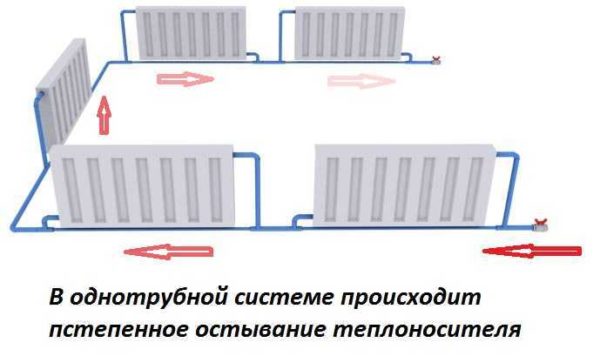
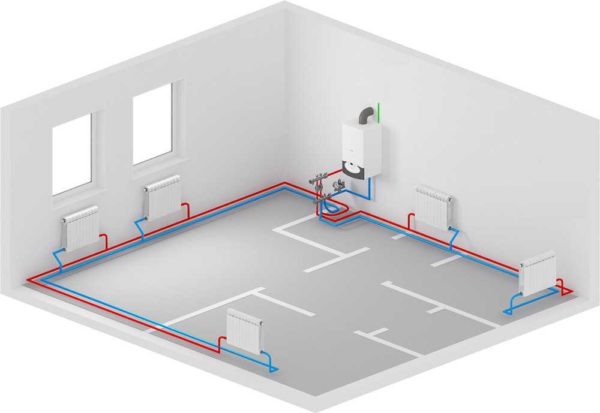
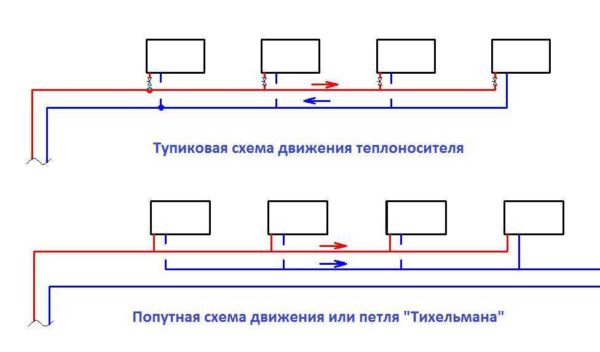
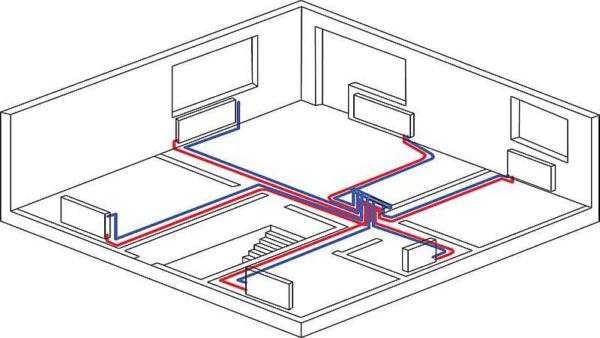
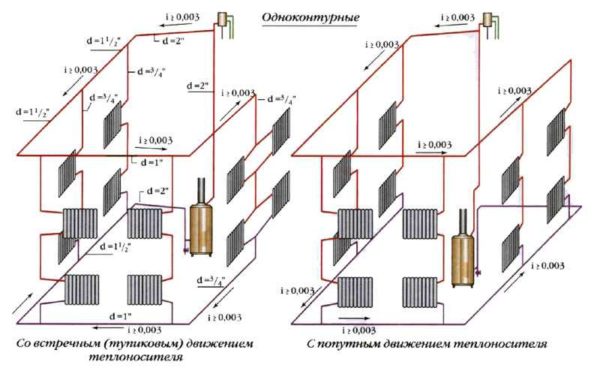
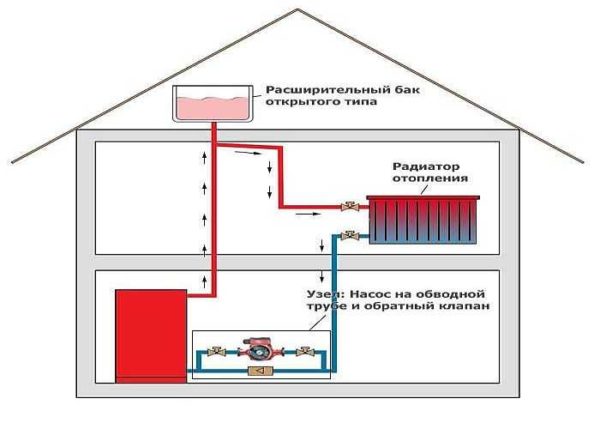
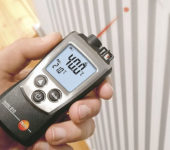
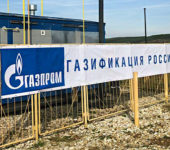
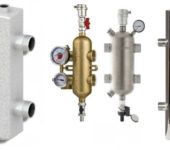
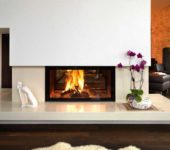
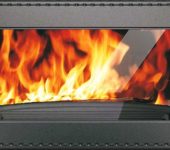





Good day! When it came to the installation of heating, everyone had different opinions. The guys who built my house are advised to take a pellet boiler. And I don't know much about them, I thought about gas. What do you think? Maybe someone is worth it? How is it used?
If there is main gas, then of course you need to take a gas boiler. If we are talking about liquefied gas, then, based on the price of fuel, pellets are more profitable - about 30% cheaper than liquefied gas. There are universal boilers that can work on both pellets and gas.
Pellet boilers can work unattended for a long time. The duration of independent work depends on the size of the bunker into which the fuel is filled. You can come up with a system that will replenish it automatically or regularly fill it up yourself.
Pellet boilers are also demanding on the quality of the pellets. They should have a low ash content (this residue, which should remain after incineration and should be 3-5%), there should be no dust in the pellets (granules of normal quality do not generate dust) and they should not be broken. They break mainly during transportation. Before you decide to buy a pellet boiler, first look for a manufacturer / seller of these pellets in the area, check their quality. And one more thing: they take up a large volume, and you will need to find a dry room to store the stock for a while (you must have a week's stock ... at least).
Pkh ... it was already scary. In fact, boilers are good and economical, it is not for nothing that they are used in tight-fisted Europe, but the peculiarities of the fuel must be taken into account.
I am also for the pellet boiler, I installed it and I am very pleased. Our Russian dozatech delivered, at a very affordable price and it turns out to be inexpensive to heat the house. I immediately liked the metal of the boiler - the thickness is 6 mm exactly, can you imagine its durability, how long will it work? Plus, a large volume for loading pellets allows you to work longer without reloading, that is, you do not need to run and look constantly. If the wife is at home alone with the children, then it is very convenient. They also use a 5-way heat exchanger design, which allows you to achieve a real efficiency of 91% and consume fuel much more economically. These are the main advantages, but if you study this issue deeper, there are more of them.
Thank you all for the advice.I study the information, my head is already boiling.
I have not seen in practice a five-way heat exchanger design. A good option, must be considered.
If I'm not mistaken, five-way are only in Dozatech. Nice and reliable boilers. There, at least steel is used normal, eight if I'm not mistaken. And a very clever pellet auger: from the side. Moreover, it is double, that is, the spark theoretically will not fall into the bunker. By the way, the bunker is good, large and convenient to load. But if it is not possible to add pellets often, then you can put another hopper on top. It is worth a biopellet from a friend, I will also buy one for myself without options.
Stropuva boilers which have the letter U in the model name - they are the most practical. In it, our S30U burns charcoal and pellets remarkably. Each time you need to make a new bookmark in it and clean it up a little. This takes no more than 30 minutes. Coal burns for up to 5 days, heating a house of 240 sq. m. There is no need to follow him, which makes life much easier.